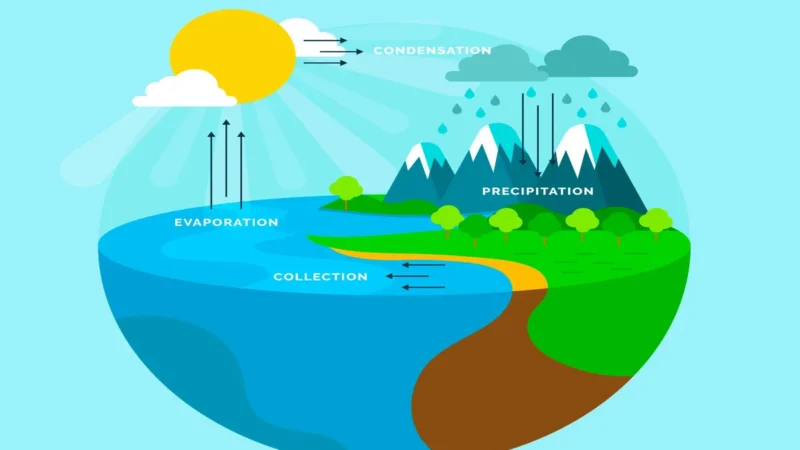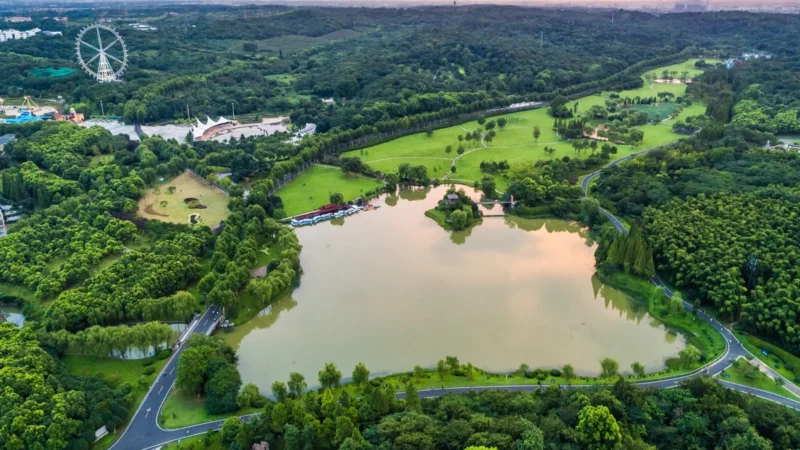Preserving Urban Biodiversity: Importance, Benefits, and Conservation Efforts

Urban biodiversity refers to the variety of plant and animal life found within cities and urban environments. As our world becomes increasingly urbanized, understanding and preserving urban biodiversity is crucial. This article explores the significance of urban biodiversity, its role in maintaining ecological balance, providing essential ecosystem services, and promoting human well-being.
I. Ecological Balance in Urban Areas
a. Maintaining species diversity: Urban areas with diverse flora and fauna contribute to ecological stability by supporting a range of interactions between species.
b. Enhancing ecosystem resilience: Urban biodiversity helps ecosystems adapt to environmental changes, ensuring their long-term sustainability.
c. Mitigating urban heat island effect: Green spaces and urban trees regulate temperatures, reducing the heat island effect and enhancing overall urban climate resilience.
II. Ecosystem Services and Benefits
a. Pollution mitigation: Urban biodiversity helps filter air and water pollutants, reducing the negative impacts of pollution on human health.
b. Natural pest control: Urban biodiversity, including insect-eating birds and beneficial insects, helps control pests naturally, minimizing the need for chemical pesticides.
c. Improved urban aesthetics and well-being: Green spaces and natural environments enhance the aesthetic appeal of cities, promote mental well-being, and provide recreational opportunities for residents.
d. Stormwater management: Biodiverse urban landscapes can absorb and slow down stormwater runoff, reducing the risk of flooding and improving water quality.
III. Urban Planning and Conservation Efforts
a. Integrating green infrastructure: Urban planning should prioritize the incorporation of green spaces, parks, and corridors to support urban biodiversity and create healthier environments for residents.
b. Protecting habitats and green spaces: Conserving existing habitats, creating wildlife-friendly areas, and implementing urban greening initiatives are essential for preserving urban biodiversity.
c. Educating communities: Raising awareness about the importance of urban biodiversity and engaging communities in conservation efforts can foster a sense of ownership and responsibility among residents.
Key Takeaways:
In the face of rapid urbanization, urban biodiversity is an invaluable asset that must be protected and nurtured. By recognizing its importance, implementing sustainable urban planning, and involving communities in conservation efforts, we can create cities that harmoniously blend with nature, ensuring a healthier, more resilient, and sustainable future.
FAQs about Urban Biodiversity
Why is urban biodiversity important?
Urban biodiversity is important because it maintains ecological balance, provides essential ecosystem services, improves human well-being, and enhances the resilience of urban environments.
How does urban biodiversity contribute to ecological balance?
Urban biodiversity supports species diversity and interactions, which are essential for a stable and thriving ecosystem. It helps ecosystems adapt to environmental changes and mitigates the urban heat island effect.
What are some ecosystem services provided by urban biodiversity?
Urban biodiversity helps mitigate pollution by filtering air and water pollutants, aids in natural pest control, enhances urban aesthetics, promotes mental well-being, and assists in stormwater management.
How can urban planning support urban biodiversity conservation?
Urban planning can integrate green infrastructure such as parks, green spaces, and wildlife corridors to support urban biodiversity. It can also protect existing habitats, create wildlife-friendly areas, and engage communities in conservation efforts.
What can individuals do to promote urban biodiversity?
Individuals can contribute by planting native plants, creating wildlife-friendly gardens, supporting local conservation initiatives, and educating others about the importance of urban biodiversity.
How does urban biodiversity benefit human well-being?
Urban biodiversity enhances human well-being by providing recreational opportunities, improving air and water quality, reducing stress levels, and creating visually appealing urban environments.


